The Role of NFTs in Crypto Gaming: Owning Unique Digital Assets

Non-fungible tokens (NFTs) have emerged as a revolutionary concept in the digital world, transforming how we perceive and interact with digital assets. Unlike traditional cryptocurrencies, which are fungible and can be exchanged on a one-to-one basis, NFTs are unique digital tokens that represent ownership of a specific item, piece of content, or asset. This uniqueness and the ability to prove ownership through blockchain technology have made NFTs incredibly popular across various industries, from art and music to sports and, notably, gaming.
In the context of crypto gaming, NFTs play a pivotal role in redefining digital asset ownership. Traditional in-game assets, such as characters, items, and virtual real estate, are typically controlled by game developers, with players having limited rights and ownership. NFTs change this dynamic by granting players true ownership of their in-game assets, enabling them to buy, sell, and trade these assets on open marketplaces. This shift not only enhances the gaming experience but also introduces new economic opportunities and models within the gaming ecosystem.
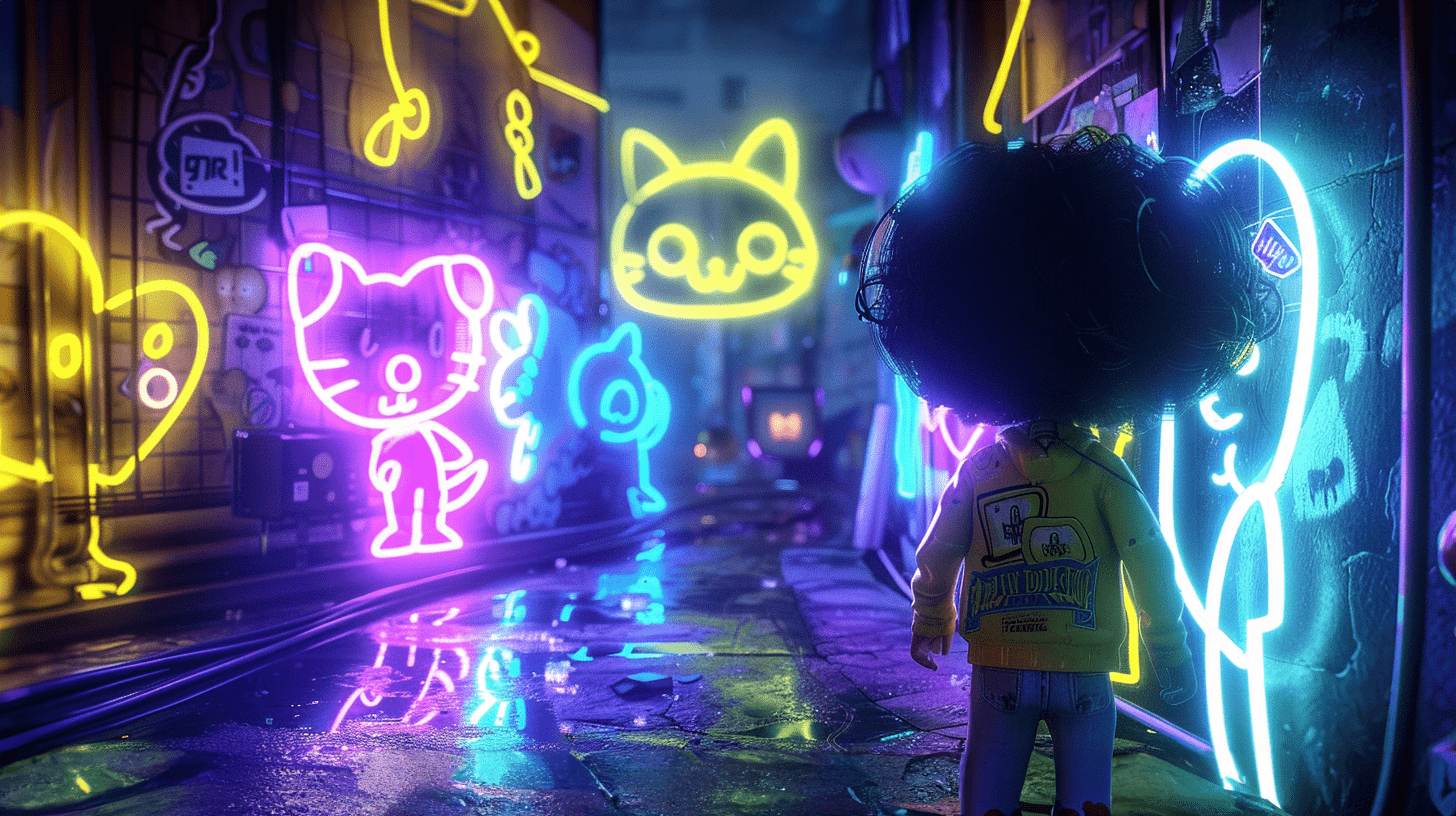
Understanding NFTs
Non-fungible tokens (NFTs) are a type of digital asset that exist on a blockchain, a decentralized digital ledger. Unlike cryptocurrencies such as Bitcoin or Ethereum, which are fungible and can be exchanged on a one-to-one basis, NFTs are unique and cannot be exchanged on an equal basis with another NFT. Each NFT represents a specific item or piece of content, such as a digital artwork, a collectible, or an in-game asset, and is verified using blockchain technology.
NFTs work by utilizing smart contracts, which are self-executing contracts with the terms of the agreement directly written into code. These smart contracts ensure that the ownership and transfer of NFTs are transparent and immutable. When an NFT is created, or "minted," it is assigned a unique identifier and metadata that distinguishes it from other tokens. This information is recorded on the blockchain, providing a permanent and tamper-proof record of ownership and transaction history.
Differences Between NFTs and Traditional Digital Assets
Traditional digital assets, such as digital images, music files, or in-game items, can be easily copied and distributed, making it difficult to prove ownership or ensure scarcity. These assets are often stored on centralized servers, where the control and distribution rights are held by the platform or developer, rather than the user.
NFTs, on the other hand, are decentralized and provide verifiable proof of ownership. Because they are stored on a blockchain, NFTs cannot be duplicated or altered without the consensus of the network. This decentralization shifts the control from centralized entities to individual owners, allowing them to manage their assets independently. Additionally, the unique identifiers and metadata of NFTs ensure that each token is one-of-a-kind, adding value and authenticity to digital assets that traditional digital files lack.
Key Features of NFTs
The unique characteristics of NFTs set them apart from other digital assets.
- Uniqueness
Each NFT has a distinct identifier and metadata that makes it unique. This uniqueness allows creators to assign specific properties to their digital assets, such as rarity or special attributes, enhancing their value and desirability.
- Indivisibility
Unlike cryptocurrencies, which can be divided into smaller units, NFTs are indivisible. This means that an NFT cannot be split into smaller parts and must be bought, sold, or transferred as a whole. This indivisibility is crucial for maintaining the integrity and value of unique digital assets.
- Ownership Verification
The blockchain technology underlying NFTs provides a transparent and immutable record of ownership and transaction history. This verification ensures that the ownership of an NFT can be easily tracked and proven, reducing the risk of fraud and counterfeiting. Owners can confidently buy, sell, and trade NFTs, knowing that their ownership rights are protected by the blockchain.
NFTs represent a significant advancement in digital asset management, offering unique, indivisible, and verifiable ownership of digital items. Their integration into the gaming industry is transforming how players interact with and value in-game assets, paving the way for new economic models and enhanced gaming experiences.

NFTs in Crypto Gaming
NFTs are seamlessly integrated into crypto games through various innovative mechanisms. These unique digital assets enhance the gaming experience by allowing players to truly own, trade, and interact with in-game items in ways that were previously impossible with traditional gaming assets. Developers create NFTs that represent characters, items, virtual land, and other in-game assets, embedding them into the game's ecosystem. This integration enables players to buy, sell, and trade these assets on decentralized marketplaces, adding a new layer of economic depth to gaming.
Examples of In-Game NFTs
In-game NFTs come in many forms, each adding unique value and functionality to the gaming experience:
- Characters
Many crypto games feature characters that are represented as NFTs. For example, players can own and trade unique heroes or avatars, each with distinct attributes and abilities. These characters can be used in gameplay, leveled up, and customized, increasing their value over time.
- Items
Items such as weapons, armor, and accessories can also be NFTs. These items often come with unique properties and rarities, making them valuable to players. In some games, players can craft or discover rare items, which they can then trade or sell on NFT marketplaces.
- Virtual Land
Virtual real estate is another popular form of NFT in crypto games. Players can purchase, develop, and monetize plots of virtual land within the game world. These lands can host various activities, from building structures to hosting events, creating opportunities for players to generate income and interact with other players.
Benefits of Using NFTs in Games
The use of NFTs in crypto games offers several significant benefits that enhance both the player experience and the game's economic ecosystem:
- True Ownership
NFTs provide players with true ownership of their in-game assets. Unlike traditional games where items are owned and controlled by the game developer, NFTs allow players to own their assets independently. This ownership means players can keep their assets outside the game, transfer them between different games or platforms, and retain value even if the game shuts down.
- Scarcity
NFTs introduce the concept of scarcity into digital assets. Each NFT is unique, and many are issued in limited quantities. This scarcity drives demand and increases the value of these assets. Players can collect rare items or characters, knowing their rarity enhances their worth.
- Tradability
The ability to trade NFTs on decentralized marketplaces adds a new economic dimension to gaming. Players can buy, sell, and trade their in-game assets with others, creating a dynamic marketplace. This tradability allows players to monetize their gaming efforts, earning real-world value from their virtual achievements. It also fosters a vibrant community of collectors and traders, further enriching the gaming ecosystem.
The integration of NFTs into crypto gaming has transformed how players interact with and value in-game assets. By offering true ownership, scarcity, and tradability, NFTs create more engaging and economically robust gaming experiences. This evolution not only enhances player satisfaction but also paves the way for innovative game designs and economic models that leverage the full potential of blockchain technology.

Impact on Gameplay and Player Engagement
The integration of NFTs into crypto gaming has far-reaching effects on how players engage with games, creating a richer and more dynamic gaming environment.
Enhancing Player Experience Through Unique Assets
The introduction of NFTs into crypto gaming significantly enhances the player experience by offering unique and personalized digital assets. Each NFT, whether it's a character, item, or piece of virtual land, comes with its own distinct attributes and properties. This uniqueness allows players to express their individuality and creativity within the game. For example, owning a rare NFT character with special abilities can provide a sense of pride and exclusivity, making the gaming experience more rewarding and immersive. Players can also showcase their unique assets to other players, fostering a sense of community and competition.
Creating New Gameplay Mechanics and Economic Models
NFTs enable the creation of innovative gameplay mechanics and economic models that were not possible with traditional gaming assets. For instance, players can earn NFTs through achievements, quests, or in-game events, adding an extra layer of motivation and engagement. These NFTs can then be used to unlock new game areas, participate in special events, or enhance a player's abilities, creating a dynamic and evolving game environment.
The economic models of crypto games are also transformed by NFTs. Traditional games often rely on centralized control of in-game economies, limiting player interaction with the game's financial aspects. In contrast, NFTs introduce decentralized economies where players can directly participate in the buying, selling, and trading of assets. This decentralization empowers players to create their own markets, set prices based on supply and demand, and generate real-world income from their in-game activities. Such economic models encourage deeper engagement, as players can see tangible benefits from their efforts.
Encouraging Player Investment and Long-Term Engagement
The ability to own, trade, and monetize in-game assets encourages players to invest more time and resources into the game. When players know that their in-game achievements and possessions have real-world value, they are more likely to commit to the game for the long term. This investment is not only financial but also emotional, as players build connections with their unique assets and the game world.
NFTs also foster long-term engagement by continuously introducing new content and opportunities for players to expand their collections. Regular updates, limited-time events, and seasonal items keep the game fresh and exciting, ensuring that players remain interested and active. Moreover, the potential for NFTs to be used across multiple games or platforms further extends their value and appeal, as players can carry their assets and progress into new gaming experiences.
NFTs have a profound impact on gameplay and player engagement in crypto gaming. By enhancing the player experience with unique assets, enabling new gameplay mechanics and economic models, and encouraging player investment and long-term commitment, NFTs are transforming how players interact with and value their gaming experiences. This evolution is creating richer, more engaging, and economically rewarding gaming environments that appeal to a broad range of players.
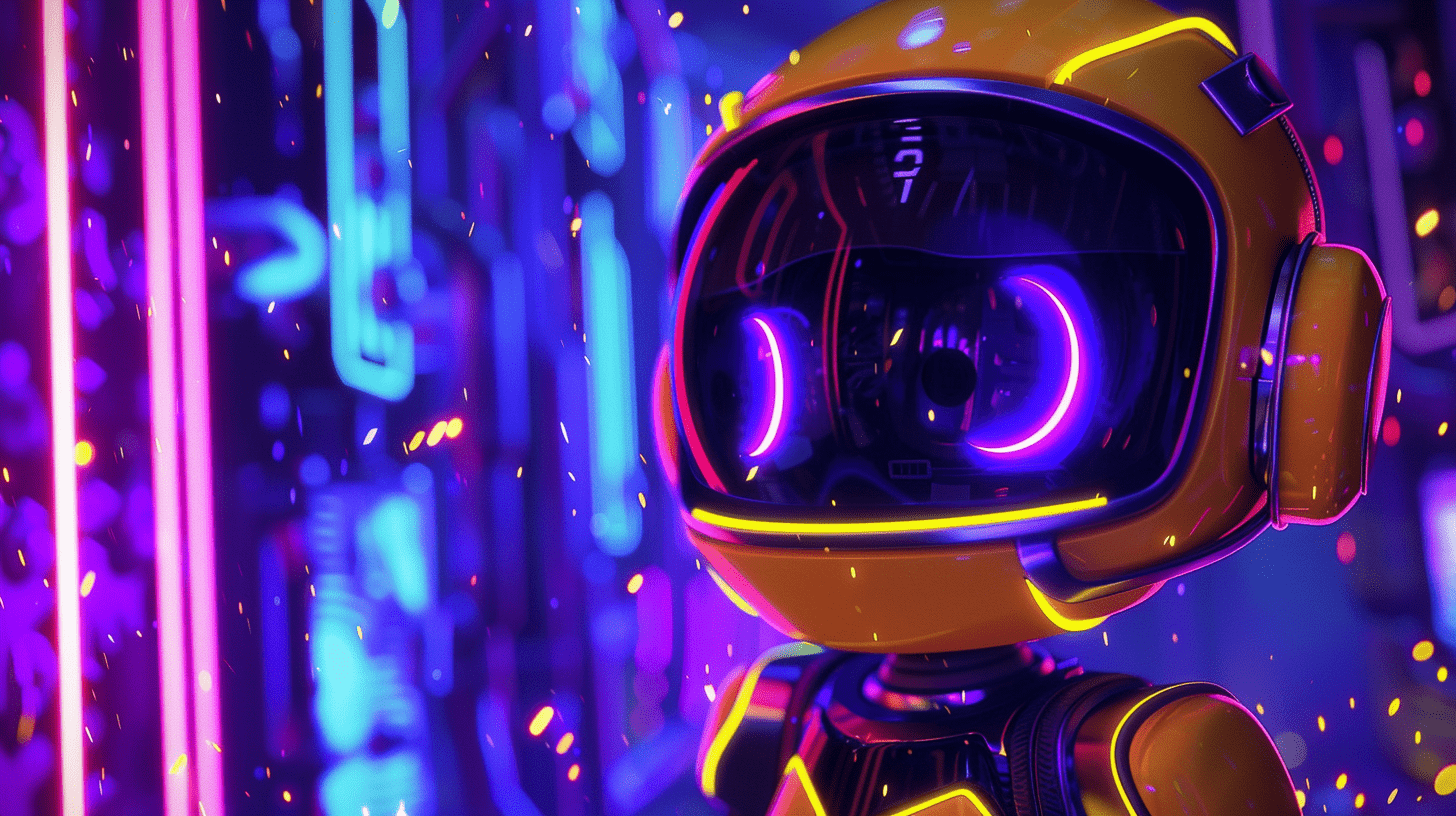
Economic Opportunities and Marketplaces
The integration of NFTs into gaming has opened up significant economic opportunities for players and developers alike. By creating, trading, and monetizing unique digital assets, the gaming economy has evolved to include a vibrant marketplace for NFTs.
Overview of NFT Marketplaces for Gaming Assets
NFT marketplaces are platforms where players and developers can buy, sell, and trade digital assets. These marketplaces operate on blockchain networks, providing a secure and transparent environment for transactions. Some of the most popular NFT marketplaces for gaming assets include OpenSea, Rarible, and Binance NFT. These platforms offer a wide range of gaming-related NFTs, from characters and items to virtual land and skins.
Marketplaces typically charge a small transaction fee for each sale, which is used to maintain the platform and incentivize participants. Players can browse through various listings, participate in auctions, or set their own prices for the assets they wish to sell. This accessibility and flexibility make NFT marketplaces an integral part of the gaming ecosystem, enabling players to fully capitalize on their in-game achievements and investments.
The Role of Secondary Markets in Driving Value
Secondary markets play a crucial role in driving the value of gaming NFTs. Unlike primary sales, where developers sell newly minted NFTs directly to players, secondary markets involve the resale of these assets among players. The activity in secondary markets often determines the true market value of NFTs, as prices are influenced by supply and demand dynamics.
In secondary markets, the rarity, utility, and desirability of an NFT can significantly affect its price. For example, a rare in-game item with special abilities or a unique piece of virtual land in a prime location can command high prices on the secondary market. This trading activity not only benefits sellers but also adds liquidity to the market, making it easier for other players to enter and exit positions.
Moreover, secondary markets create opportunities for players to profit from their in-game investments. By buying NFTs at lower prices and selling them when their value increases, players can generate substantial returns. This speculative aspect adds an exciting financial dimension to gaming, attracting both gamers and investors.
Case Studies of Successful NFT Sales in Gaming
Several high-profile case studies highlight the economic potential of NFT sales in the gaming industry:
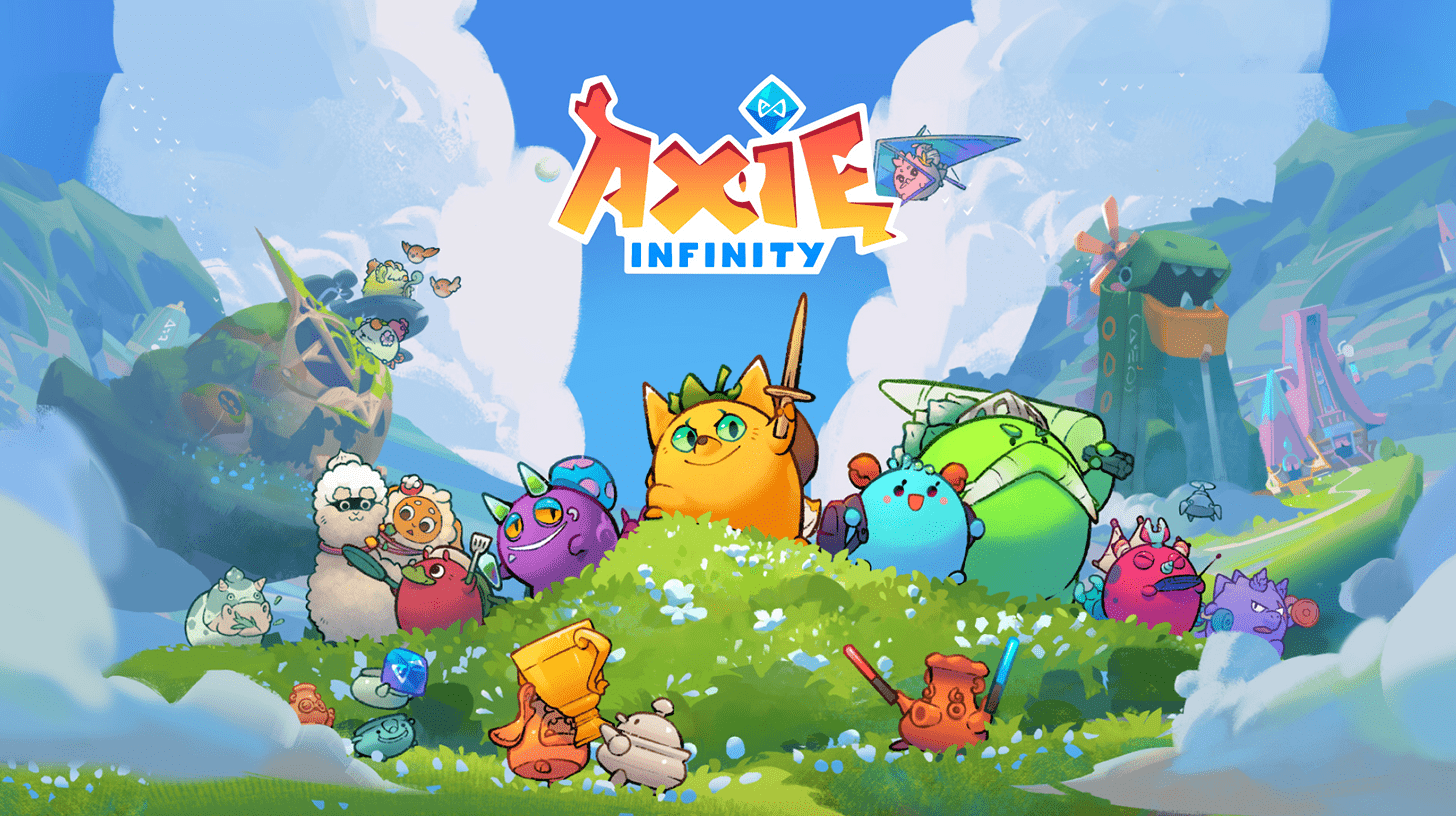
Axie Infinity
One of the most successful examples, Axie Infinity has seen players earn significant income by breeding, battling, and trading their Axies. Some rare Axies have sold for thousands of dollars, with the most expensive Axie ever sold fetching over $800,000. The game's native token, AXS, has also seen substantial appreciation, providing additional economic incentives for players.
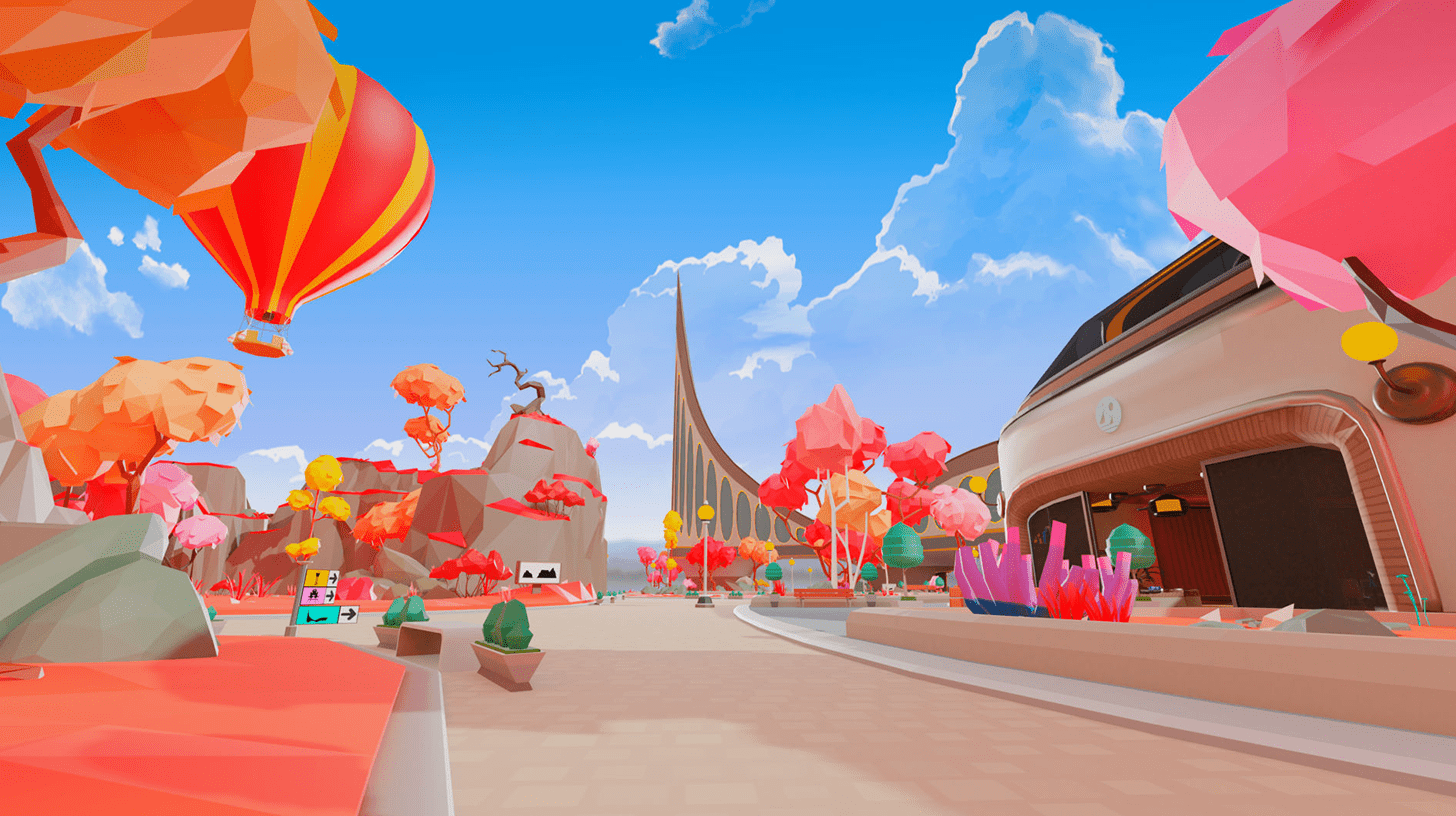
Decentraland
This virtual world platform allows players to purchase and develop virtual real estate. In June 2021, a single plot of virtual land in Decentraland sold for over $900,000, highlighting the high demand for prime virtual locations. Players can monetize their land by hosting events, creating attractions, or leasing it to other users.

CryptoPunks
Although not a game in the traditional sense, CryptoPunks have become iconic in the NFT space. These 10,000 unique 24x24 pixel art characters have been traded extensively, with some selling for millions of dollars. Their success has inspired numerous gaming projects to incorporate similar collectible elements, driving interest and investment in gaming NFTs.
NFT marketplaces and secondary markets are pivotal in driving the economic opportunities within the crypto gaming industry. By providing platforms for trading unique digital assets, these markets enhance the value and liquidity of gaming NFTs. Case studies of successful NFT sales demonstrate the significant financial potential for players and developers, underscoring the transformative impact of NFTs on the gaming economy.

Challenges and Risks
While NFTs present exciting opportunities in the gaming industry, they also come with a set of challenges and risks that must be carefully managed.
Technical Challenges
Technical challenges are among the most pressing issues for NFT-based games, affecting their performance and user experience.
- Scalability
One of the primary technical challenges facing NFT-based games is scalability. Blockchain networks, particularly Ethereum, which is widely used for NFTs, often struggle with high traffic volumes, leading to slow transaction times and network congestion. This can negatively impact the gaming experience, especially in games that require real-time interactions.
- Transaction Costs
High transaction costs, known as gas fees, are another significant hurdle. During peak times, gas fees on networks like Ethereum can become prohibitively expensive, making it costly for players to buy, sell, or trade NFTs. This can discourage participation and limit the accessibility of NFT gaming.
- Security
Ensuring the security of NFTs and blockchain networks is crucial. While blockchain technology is inherently secure, vulnerabilities in smart contracts, wallets, and marketplaces can be exploited by hackers. Protecting against these threats requires constant vigilance, regular audits, and the implementation of robust security measures.
Market Risks
Market risks related to volatility and speculation can affect the stability and long-term viability of NFT gaming.
- Volatility
The value of NFTs can be extremely volatile, driven by market trends, hype, and speculation. Prices can soar to astronomical levels and then plummet rapidly, leading to significant financial risk for both players and investors. This volatility can create an unstable market environment and affect the long-term sustainability of NFT games.
- Speculation
The speculative nature of the NFT market can lead to bubbles, where assets are traded at inflated prices far beyond their intrinsic value. When these bubbles burst, it can result in substantial losses for those who have invested heavily based on speculation. This speculative behavior can also overshadow the genuine utility and enjoyment of NFTs in gaming.
- Overvaluation
Overvaluation of NFTs can be a significant risk, especially when prices are driven more by hype than by the actual value and utility of the asset. This can lead to unsustainable market dynamics and disappointment among players and investors when prices correct to more realistic levels.
Regulatory Considerations and Potential Legal Issues
Navigating the regulatory landscape is essential to ensure the legal and compliant operation of NFT games.
- Regulatory Uncertainty
The regulatory environment for NFTs and cryptocurrencies is still evolving, with different jurisdictions adopting varying approaches. This uncertainty can pose risks for developers and players, as changes in regulations can impact the legality and operation of NFT games. Staying compliant with existing regulations while anticipating future legal developments is a complex challenge.
- Legal Issues
Potential legal issues include intellectual property rights, fraud, and money laundering. Developers must ensure that the NFTs they create do not infringe on the intellectual property of others. Additionally, the anonymous nature of blockchain transactions can make NFT markets susceptible to fraud and money laundering, requiring stringent KYC (Know Your Customer) and AML (Anti-Money Laundering) measures.
- Consumer Protection
Ensuring consumer protection in the NFT market is essential. Players need to be aware of the risks involved and have access to recourse mechanisms if things go wrong. Transparent communication about the nature of NFTs, their risks, and the terms of transactions is vital to building trust and protecting consumers.
While NFTs offer substantial opportunities for innovation and value creation in the gaming industry, they also bring significant challenges and risks. Addressing technical challenges, managing market risks, and navigating regulatory considerations are critical for the sustainable growth of NFT gaming. By understanding and mitigating these risks, developers and players can better harness the potential of NFTs in creating engaging and economically rewarding gaming experiences.
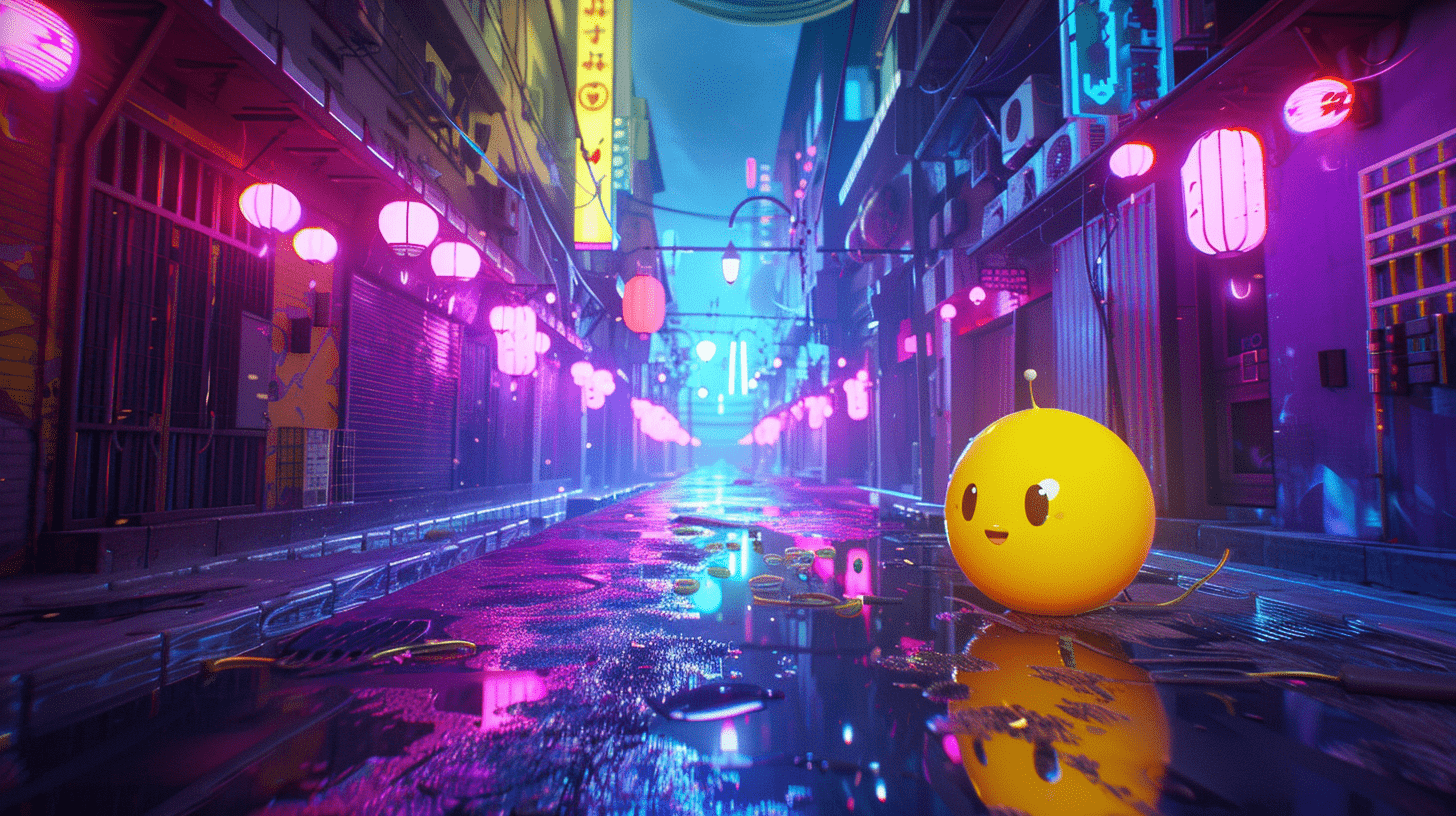
Future Trends and Innovations
As the integration of NFTs into the gaming industry continues to evolve, several future trends and innovations are poised to shape the landscape further.
Upcoming Advancements in NFT Technology
The rapid pace of technological development in the blockchain and NFT space promises several advancements that will enhance the functionality and appeal of NFTs in gaming.
- Layer 2 Solutions
To address scalability and transaction cost issues, Layer 2 solutions like Ethereum’s Optimistic Rollups and zk-Rollups are being developed. These technologies aim to process transactions off the main blockchain, reducing congestion and lowering fees while maintaining the security of the main chain.
- Interoperability Standards
Advancements in interoperability standards, such as the ERC-1155 and ERC-998 protocols, will allow for more complex and versatile NFTs. These standards enable a single token to represent multiple assets or allow NFTs to own other NFTs, paving the way for richer and more integrated gaming experiences.
- Enhanced Security Protocols
Ongoing improvements in smart contract security and wallet technology will help protect digital assets from fraud and hacking. Enhanced security measures will boost player confidence and safeguard their investments.
Potential for Cross-Game and Cross-Platform NFTs
One of the most exciting prospects for the future of NFTs in gaming is the potential for cross-game and cross-platform functionality.
- Interoperable Assets
NFTs that can be used across different games and platforms could revolutionize the gaming industry. Players could carry their unique items, characters, and achievements from one game to another, creating a cohesive and personalized gaming ecosystem.
- Unified Virtual Worlds
The development of interconnected virtual worlds, often referred to as the Metaverse, will allow players to use their NFTs seamlessly across various environments. This interconnectedness will enhance the value and utility of NFTs, as assets are no longer confined to a single game.
- Collaborative Development
Cross-platform NFTs will encourage collaboration among developers, leading to shared economies and ecosystems. This collaboration can drive innovation and provide players with more diverse and engaging experiences.
Predictions for the Future of NFTs in the Gaming Industry
Looking ahead, several predictions highlight the transformative potential of NFTs in gaming.
- Mainstream Adoption
As NFTs become more user-friendly and integrated with traditional gaming platforms, mainstream adoption will likely increase. Simplified interfaces and reduced transaction costs will make NFT gaming accessible to a broader audience.
- Innovative Game Designs
The unique properties of NFTs will inspire new game designs and genres. Developers will experiment with novel gameplay mechanics, such as player-driven economies, decentralized governance, and real-world integrations, further blurring the lines between virtual and physical worlds.
- Sustainable Ecosystems
With the continuous improvement in blockchain technology, NFT gaming ecosystems will become more sustainable. Energy-efficient consensus mechanisms and eco-friendly practices will address environmental concerns associated with blockchain usage.
- Enhanced Player Ownership
The emphasis on true ownership and digital property rights will grow stronger. Players will increasingly demand control over their in-game assets, driving the development of more decentralized and player-centric game models.
The future of NFTs in the gaming industry is bright, with numerous advancements and innovations on the horizon. As technology evolves, the potential for cross-game and cross-platform NFTs will unlock new opportunities for players and developers alike. By staying ahead of these trends, the gaming industry can continue to harness the power of NFTs, creating more engaging, valuable, and immersive gaming experiences.

Conclusion
NFTs have a transformative potential in the gaming world, offering true ownership, scarcity, and tradability of digital assets. These features not only enhance the player experience but also introduce new gameplay mechanics and economic models. By enabling players to own, trade, and monetize their in-game assets, NFTs create more engaging and economically rewarding gaming environments.
Looking ahead, the future of NFTs in gaming is promising. Upcoming technological advancements, such as improved scalability solutions and cross-platform functionality, will further enhance the utility and appeal of NFTs. As mainstream adoption increases, the gaming industry is set to witness the development of innovative game designs and sustainable ecosystems that prioritize player ownership and decentralization.
In conclusion, NFTs represent a groundbreaking development in the realm of digital asset ownership within the gaming industry. By understanding and leveraging the opportunities presented by NFTs, developers and players can contribute to a more dynamic, inclusive, and valuable gaming experience. As we move forward, the continued evolution of NFTs will undoubtedly shape the future of crypto gaming, unlocking new possibilities and redefining how we interact with virtual worlds.
